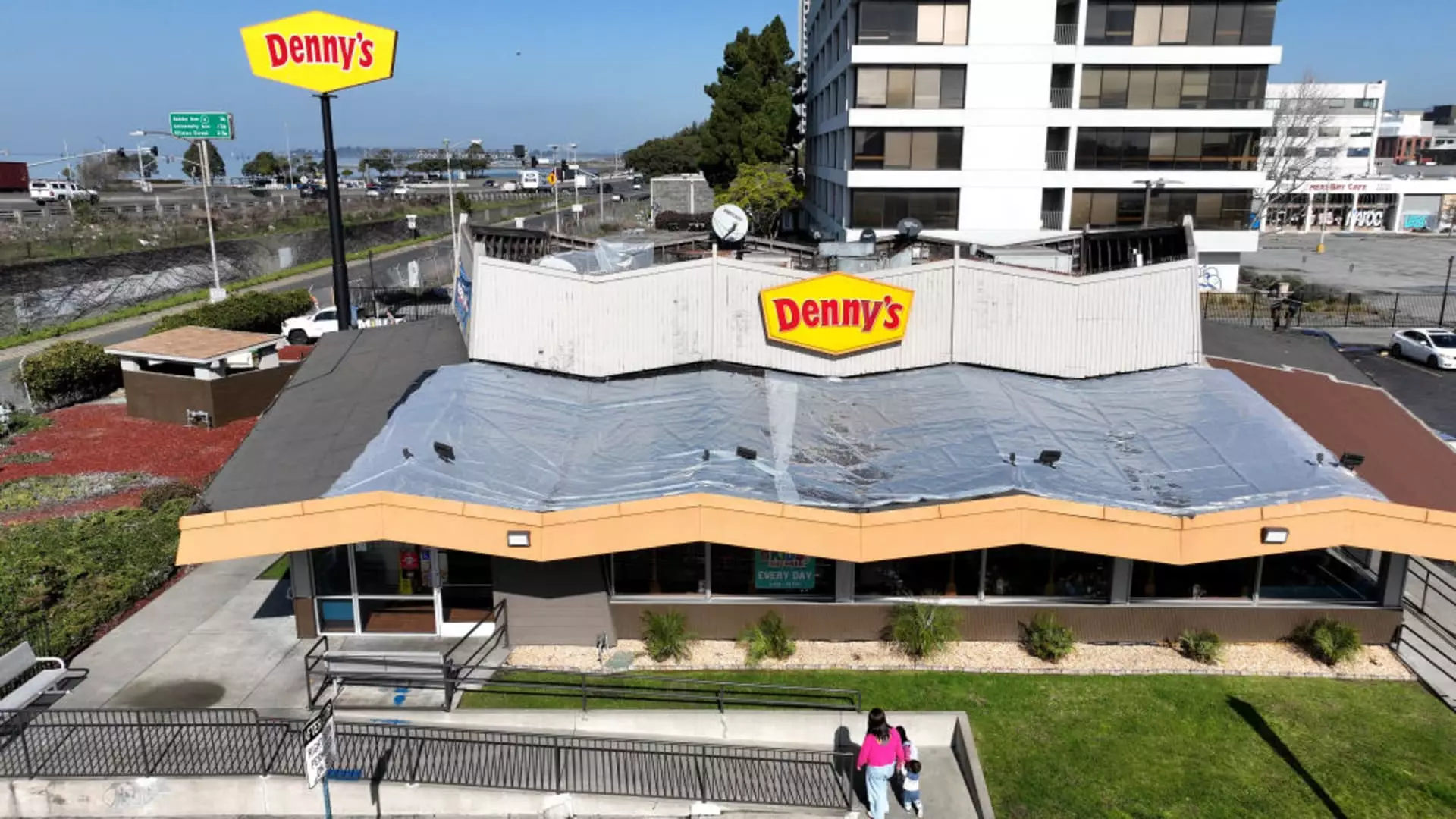The year 2024 has proven to be an arduous journey for the restaurant industry, marked by widespread closures and a significant downturn in customer traffic. Much of this is driven by inflationary pressures that have led consumers to rethink their dining habits, often opting for more budget-friendly or value-oriented choices when they choose to eat out. According to Black Box Intelligence, a notable decline in the number of visits to U.S. restaurants was reported during the first ten months of the year, emphasizing a shift in consumer behavior caused by economic constraints.
This downturn has not merely been a matter of decreased visits; it has profoundly impacted restaurant sales, prompting a wave of bankruptcies across the sector. In 2024, the number of restaurant companies that filed for Chapter 11 bankruptcy protection has soared to twenty-six, a staggering figure that is nearly three times higher than the filings recorded in 2020, which was marked by pandemic upheaval. It is clear that the restaurant industry, particularly casual dining, is undergoing a structural transformation, indicative of broader economic challenges rather than a temporary blip in the consumer spending radar.
Casual dining chains are particularly under strain as they seek to adapt to a shifting market influenced by the rise of fast-casual dining options. Consumers are increasingly leaning toward convenient and higher-quality alternatives, such as Chipotle and Sweetgreen, prompting traditional sit-down establishments to grapple with dwindling relevance. The interplay between established casual-dining players and emerging fast-casual brands has led to a reevaluation of what constitutes a dining experience in America.
Among the notable closures in 2024, Wendy’s announced plans to shut down 140 poorly performing locations, compounding the approximately 80 closures it had already executed earlier in the year. This strategic decision aims to rejuvenate the brand’s presence by focusing on locations that yield substantial revenue. CEO Kirk Tanner indicated that despite the closures, Wendy’s anticipates stabilizing its overall location count through new openings, demonstrating a pivot towards recalibrating its business approach amidst adversity.
Similarly, Dine Brands, the parent company of Applebee’s and IHOP, signaled its intent to close 25 to 35 Applebee’s restaurants, reflecting a broader trend of contraction as its same-store sales have plummeted for six consecutive quarters. This struggle has been emblematic of a larger narrative among casual dining chains, showcasing an industry attempting to adapt to changing consumer preferences while addressing operational inefficiencies.
Denny’s has also taken steps to revitalize its brand by shutting down about 50 locations in 2024, with plans to close an additional 100 by the end of 2025. This strategy focuses on eliminating the lowest-performing restaurants, which executives believe would lead to improved same-store sales and overall performance in the future. Their belief in reaching a turning point after substantial closures reflects a broader resilience within the industry, indicating that operators are keen on navigating a path to recovery through strategic downsizing.
The escalating trend of restaurant bankruptcies has also claimed established brands like TGI Fridays, which filed for Chapter 11 in November after shuttering 86 locations. The economic climate has prompted many chains to consider bankruptcy as a viable option for restructuring their operations, rather than facing an inevitable downward spiral.
Red Lobster offers a compelling case study in resilience, having closed over 120 locations in 2024 while simultaneously navigating the complexities of Chapter 11 bankruptcy protection. After rejecting numerous leases as part of its reorganization, the chain is now looking forward to stabilizing its operations, hoping to emerge from a turbulent phase with new leadership and a streamlined approach.
Noodles & Company is another entity grappling with the challenges of a shifting market. After announcing the closure of roughly 20 locations to enhance operational efficiency, the fast-casual chain is engaged in an extensive review of its menu offerings, attempting to discard non-performing items while introducing new entrees to attract customers. However, the journey back towards growth appears steep, with recent reports indicating a 3.3% decline in same-store sales.
The restaurant industry is at a significant crossroads, negotiating a tumultuous landscape marked by consumer spending shifts, inflationary pressures, and the constant evolution of dining preferences. While the consolidation of establishments and the surge in bankruptcy filings signal a sector in distress, these adjustments may also represent a critical phase of transformation and recovery.
Many operators are making bold decisions to close non-prosperous locations and restructure their business models, aiming to emerge leaner and more attuned to the changing dynamics of consumer demand. As 2024 draws to a close, the actions taken today may be pivotal in shaping a more resilient and responsive restaurant landscape for the years ahead.


Leave a Reply